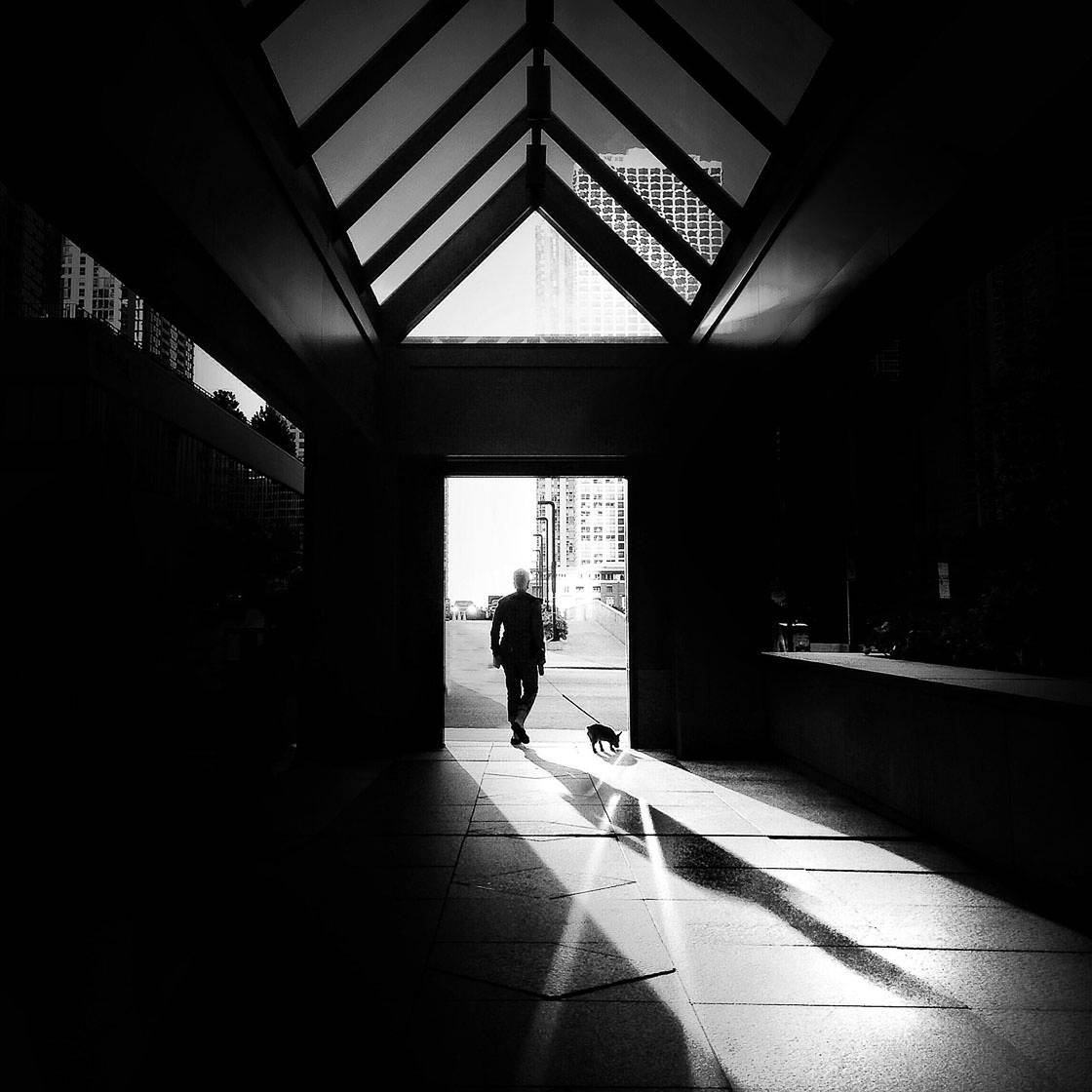9 Simple Techniques For Street Photographers
9 Simple Techniques For Street Photographers
Blog Article
Excitement About Street Photographers
Table of ContentsSome Known Questions About Street Photographers.How Street Photographers can Save You Time, Stress, and Money.See This Report about Street PhotographersThe Basic Principles Of Street Photographers Street Photographers Things To Know Before You Buy
Road digital photographers do not always have a social purpose in mind, yet they choose to isolate and catch minutes which may otherwise go unnoticed.He was affected by several of those who influenced the road digital photographers of the 1950s and '60s, he was not mainly interested in catching the spirit of the street., who functioned side by side with professional photographers attempting to record the essence of metropolitan life.
Due to the somewhat primitive modern technology available to him and the long exposure time called for, he struggled to catch the pressure of the Paris streets. He tried out with a series of photographic techniques, attempting to find one that would enable him to record activity without a blur, and he discovered some success with the calotype, patented in 1841 by William Henry Fox Talbot. While the digital photographers' subject was essentially the very same, the outcomes were noticeably different, demonstrating the influence of the digital photographer's intent on the personality of the images he produced.
Provided the great high quality of his pictures and the breadth of product, designers and artists commonly acquired Atget's prints to utilize as referral for their own job, though business interests were hardly his primary motivation. Rather, he was driven to picture every last remnant of the Paris he liked.
The Street Photographers Diaries
They disclose the city through his eyes. His job and basic understanding of photography as an art form worked as ideas to generations of digital photographers that complied with. The future generation of street digital photographers, though they likely did not refer to themselves as such, was ushered in by the photojournalism of Hungarian-born professional photographer Andr Kertsz.
Unlike his peers, Brassa utilized a larger-format Voigtlnder camera with a much longer exposure time, compeling him to be much more computed and thoughtful in his method than he might have been if making use of a Leica. (It is believed that he might not have been able to pay for a Leica at that time, however he did, nonetheless, utilize one in the late 1950s to take colour photos.) Brassa's pictures of the Paris underworld brightened by synthetic light were a discovery, and the compilation of the series that he released, (1933 ), was a significant success.
Cartier-Bresson was a champ of the Leica video camera and among the initial professional photographers to optimize its capabilities. The he has a good point Leica enabled the digital photographer to interact with the environments and to record moments as they happened. Its relatively tiny size also assisted the professional photographer fade into the background, which was Cartier-Bresson's important site favored technique.
Not known Facts About Street Photographers
It is as a result of this fundamental understanding of the art of photo taking that he is commonly attributed with finding the tool throughout once again roughly a century because its development. He took photographs for more than a half century and affected generations of digital photographers to trust their eye and instinct in the moment.
These are the inquiries I will attempt to answer: And after that I'll leave you with my own definition of road digital photography. Yes, we do. Let's start with specifying what a meaning is: According to (Street Photographers) it is: "The act of defining, or of making something guaranteed, unique, or clear"
No, absolutely not. The term is both limiting and deceiving. Seems like a street photography need to be pictures of a roads ideal?! And all street photographers, other than for a little number of outright beginners, will totally appreciate that a road is not the key part to street digital photography, and really if it's a photo of a street with possibly a few monotonous individuals not doing anything of interest, that's not road photography that's a snapshot of a road.
Street Photographers Fundamentals Explained
He makes a valid point do not you believe? While I concur with him I'm not sure "honest public photography" will capture on (although I do kind of like the term "candid digital photography") because "street photography" has actually been around for a lengthy time, with several masters' names attached to it, so I believe the term is below to remain (Street Photographers).
You can fire at the coastline, at a celebration, in a street, in a park, in a piazza, in a coffee shop, at a gallery or art gallery, in a metro terminal, at an occasion, on a bridge, under a bridge ...
Yes, I'm afraid we worried no choice! Without rules we can not have an interpretation, and without an interpretation we do not have a style, and without a genre we do you could try this out not have anything to specify what we do, and so we are stuck in a "rules definition genre" loop!
See This Report on Street Photographers

Report this page